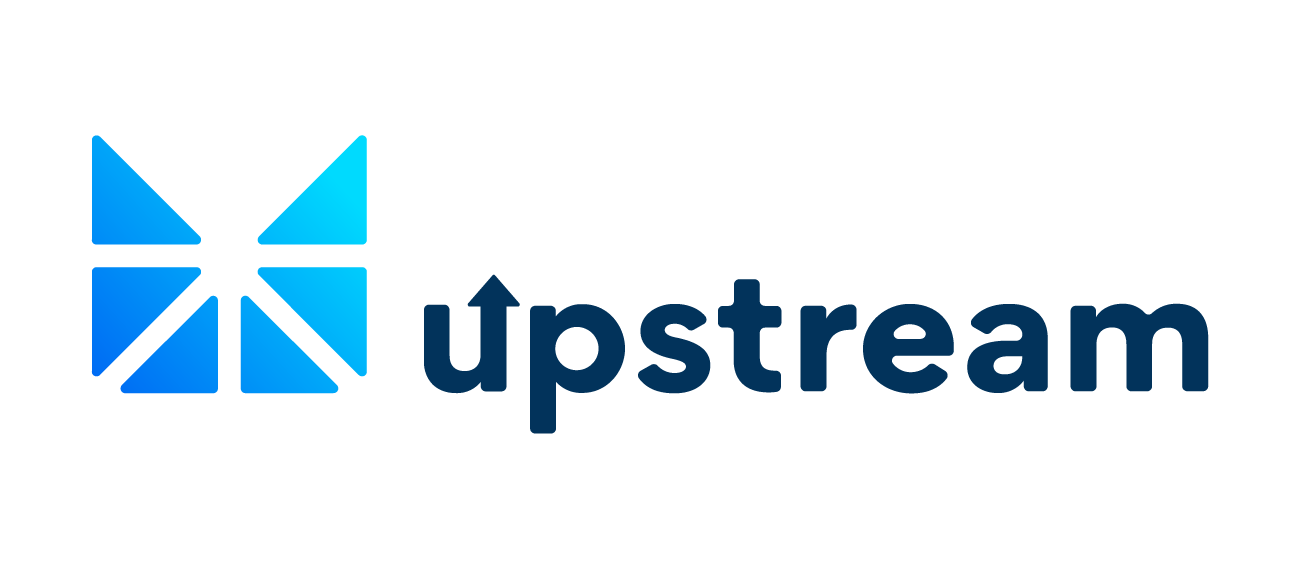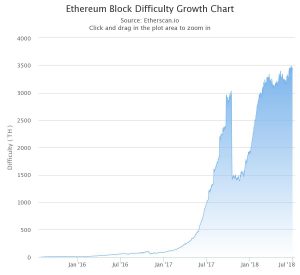By Ashish Rajendra Kumar Sai
The difficulty of mining has risen drastically over the last few years making it hard for individual miners with a few GPU’s to mine a block.
The average difficulty of mining, as of July 3, 2018, stands at 3455.91 TH (Source – etherscan.io) consequently rendering the possibility of gaining mining rewards by mining on a handful of GPU’s obsolete.
The difficulty of the mining trend can be seen in the graph below (Source – etherscan.io).
The substantial increase in the difficulty has resulted in more people joining a mining pool.
The term mining pool is frequently used in cryptocurrency mining to refer to a group of miners who combine their resources together to increase the probability of mining.
By pooling resources together, members of the pool can distribute hash calculation over all available GPU’s. This distribution improves the likelihood of mining a block, therefore ensuring a stable revenue from the mining equipment.
Now, depending on which mining pool a user joins the pool may provide its own mining software.
If you wish to mine on your own, you may utilize any of the following miners. Along with the miner, users are also expected to have an instance of the blockchain on their machines or in the cloud and this can be accomplished by either using a geth or parity client.
The most common mining software for Ethereum is Ethminer, which calculates Etash (the Ethereum equivalent of a conventional hash). An alternative to the Ethminer is Claymore. Depending on the operating system, users can pick any of these.
We here at Horizon Globex have developed a highly efficient miner for Ethereum, which attaches to our pool in Azure cloud giving users flexibility when it comes to storage space.
Our miner is produced for Windows, you can read more about our miner Myner here. We also provide mobile clients for Myner, which can be used to manage your mining rig and observe your hashing power in real time.


